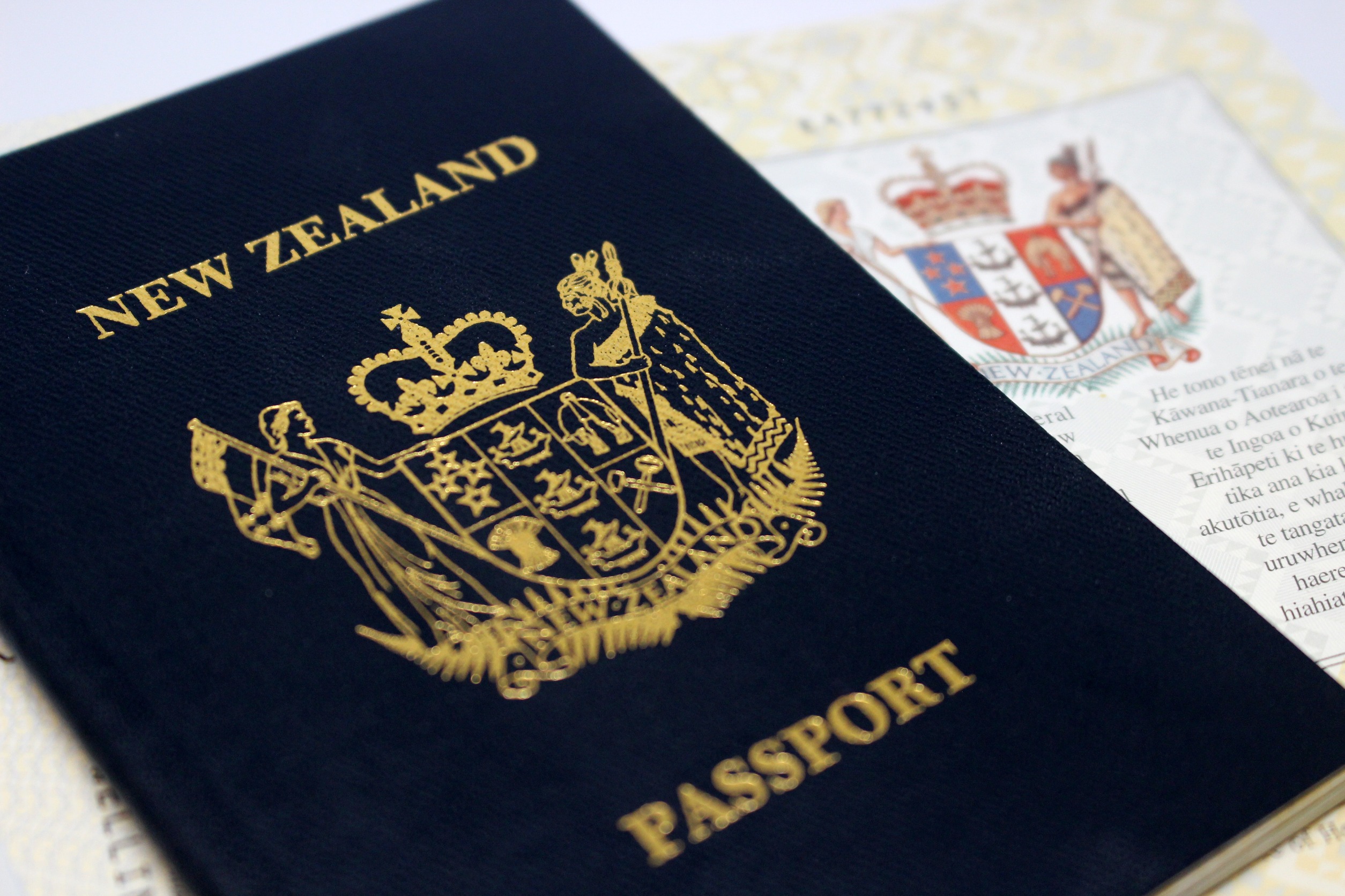
In recent developments, New Zealand has taken a bold step towards restructuring its work visa policies, aiming to curb what is deemed as unsustainable migration patterns that have been burdening the country.
This move is both a response to the growing concerns around the impact of rapid migration on the nation's infrastructure and a strategic step towards ensuring a more balanced and sustainable influx of skilled workers. Let's delve into the nuances of these changes, their implications, and how they aim to shape the future of New Zealand's workforce and society.
The government's decision to introduce stricter work visa rules comes at a critical juncture. Over the past few years, New Zealand has experienced unprecedented migration, leading to significant strains on housing, healthcare, and other vital infrastructure. Although beneficial in filling skill gaps, this surge in population growth has also highlighted the challenges of managing such a rapid increase.
The new policy framework introduces several key changes to ensure that the influx of migrants aligns with the country's economic needs and capacity to accommodate new residents. Some of these changes include:
For employers, these changes mean a recalibration of hiring strategies. There's a greater emphasis on training and hiring locally, reserving the option to recruit internationally for only those roles with a genuine shortage of local talent.
Migrants, on the other hand, will face a more competitive landscape. The focus shifts towards attracting individuals with high-level skills or those who can significantly contribute to sectors deemed critical to New Zealand's economy.
This policy revision is not just about controlling numbers. It's about reimagining the composition of New Zealand's migrant workforce to ensure it directly contributes to the nation's long-term sustainability and prosperity.
The transition to these new rules will require a collaborative effort from all stakeholders involved. Employers, prospective migrants, and policymakers must work hand in hand to ensure that these changes fulfil their intended purpose without hindering the country's growth.
New Zealand's step towards stricter work visa rules is a testament to the country's commitment to sustainable migration. By recalibrating the balance between welcoming skilled migrants and ensuring the well-being of its current residents, New Zealand is paving the way for a prosperous, inclusive, and sustainable future.
What prompted New Zealand to introduce stricter work visa rules?
The move was prompted by concerns over unsustainable migration patterns affecting the country's infrastructure.
How will the new work visa rules affect employers?
Employers must meet stricter criteria and prioritise local hiring before seeking talent abroad.
What does this mean for potential migrants?
Potential migrants will face a more competitive process, focusing on high-skilled individuals and critical sectors.
Will the changes affect the duration of work visas?
Yes, there will be adjustments to the duration of work visas and the conditions for renewal.
What is the goal of these new policies?
The goal is to ensure a more sustainable and balanced migration pattern that aligns with New Zealand's economic needs and infrastructure capacity.
Step1: Complete the online application form with your personal details and passport information.
Step2: Proceed to securely pay online using your credit card.
Step3: Check your email for payment confirmation and receipt of your New Zealand eTA, which will be sent electronically.